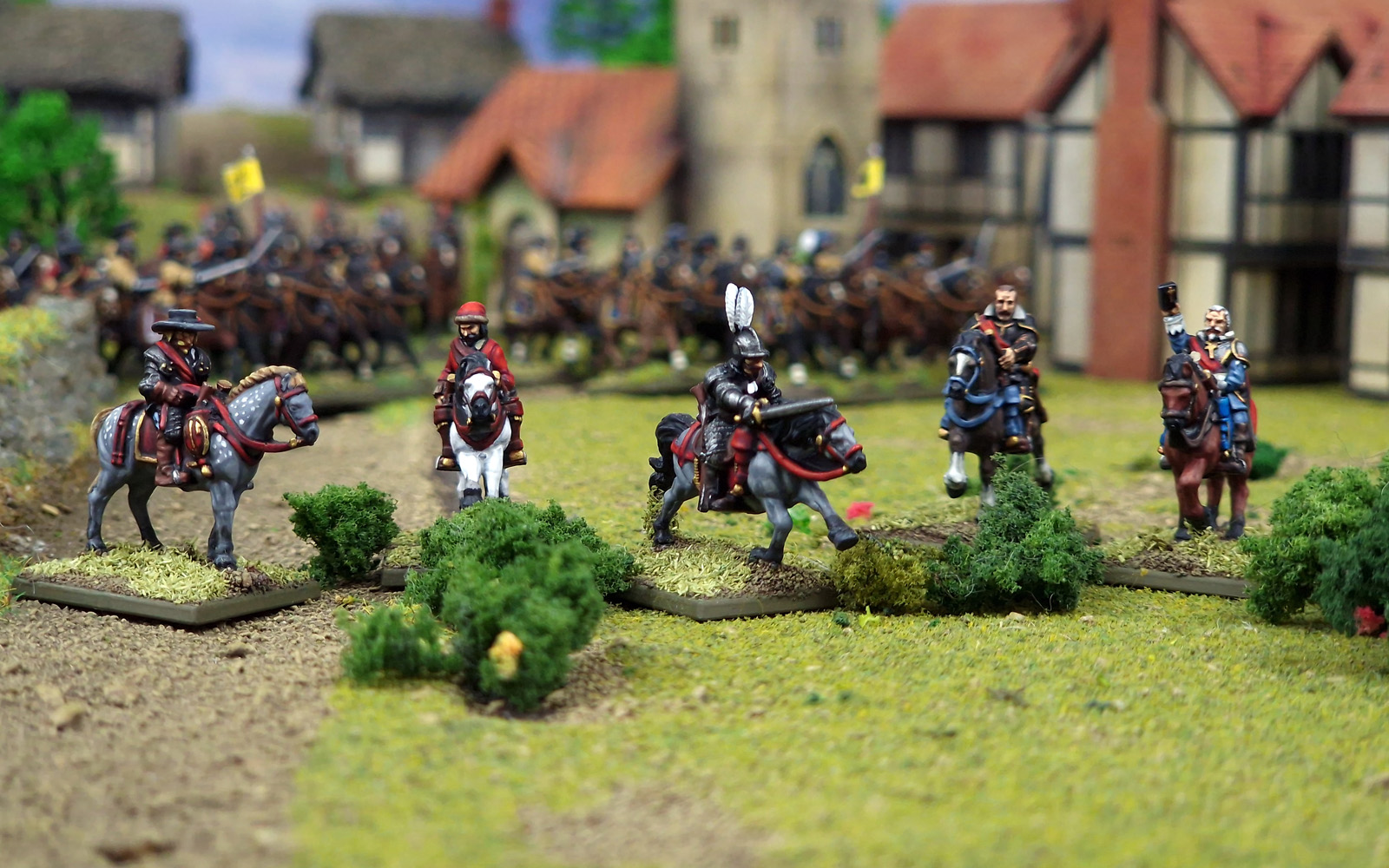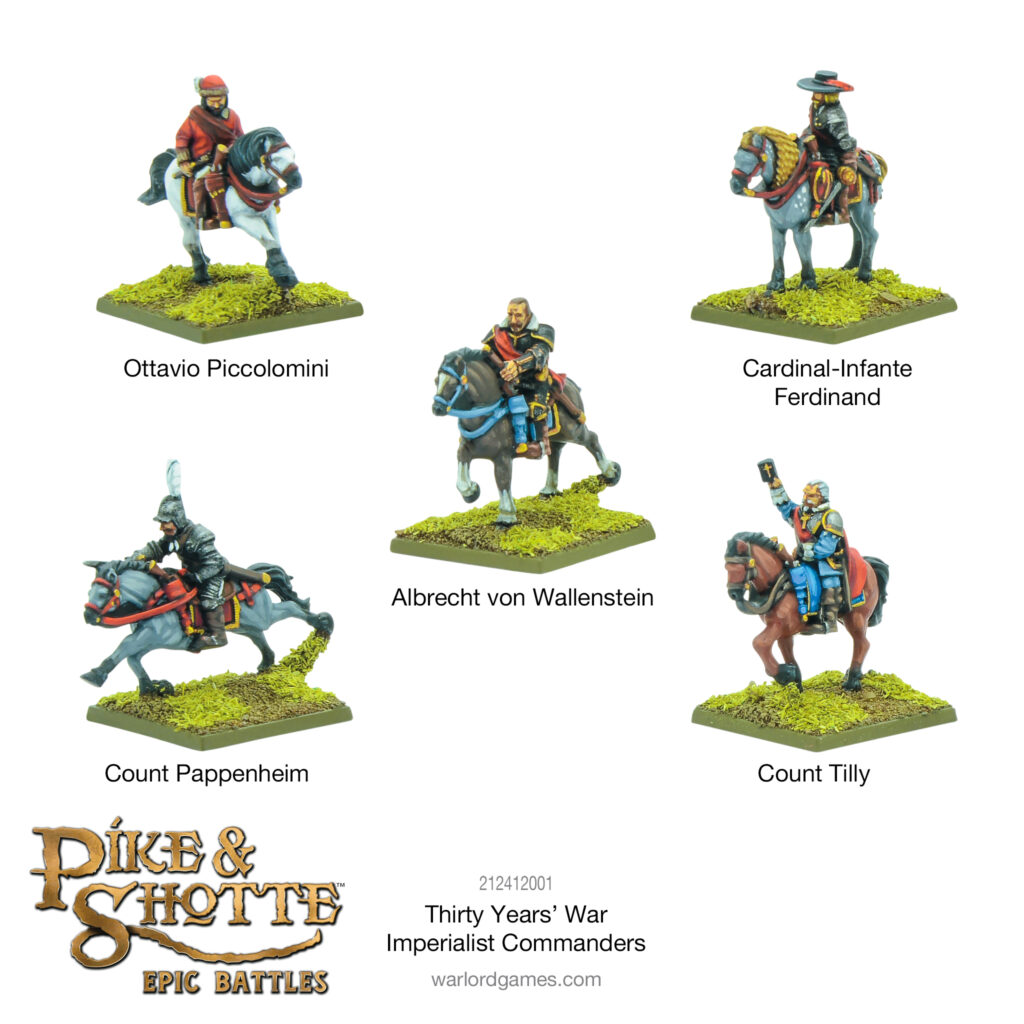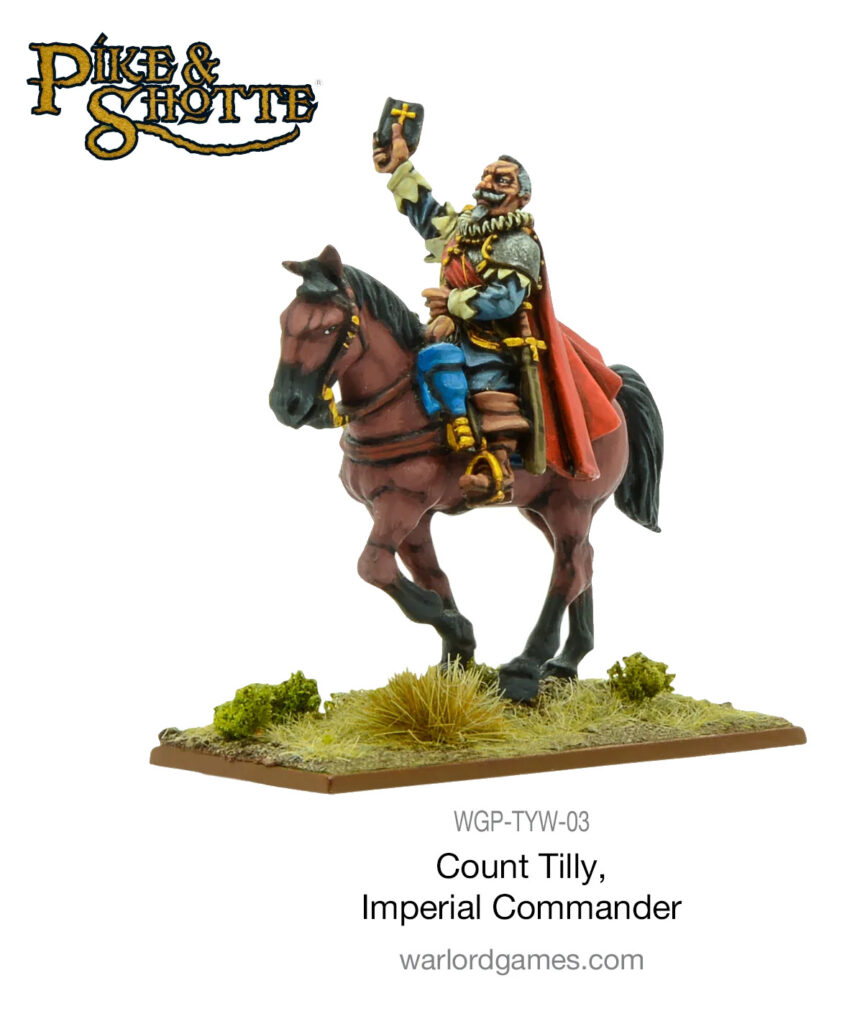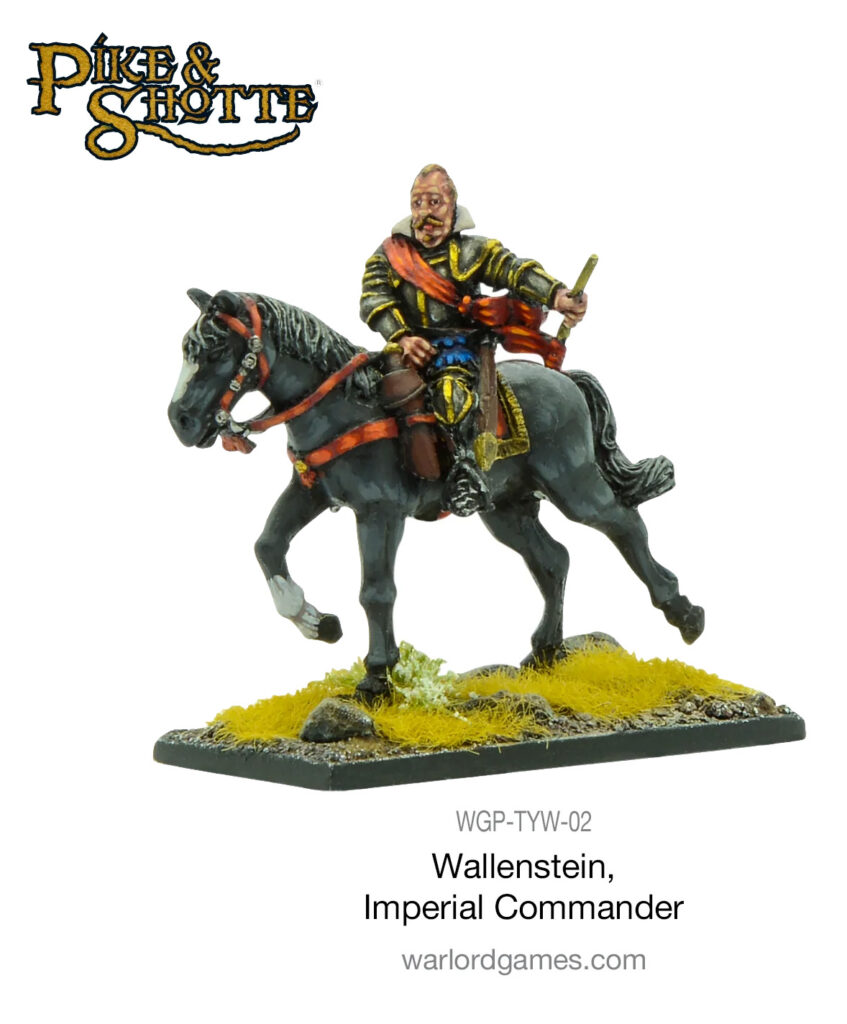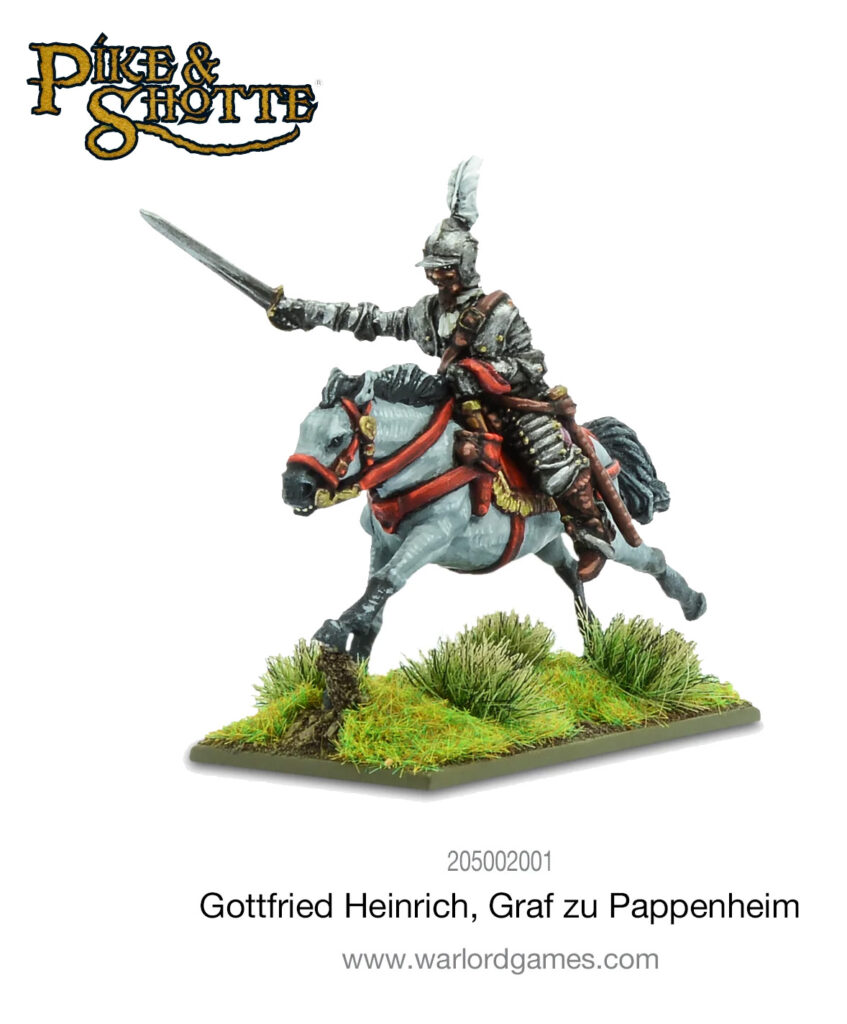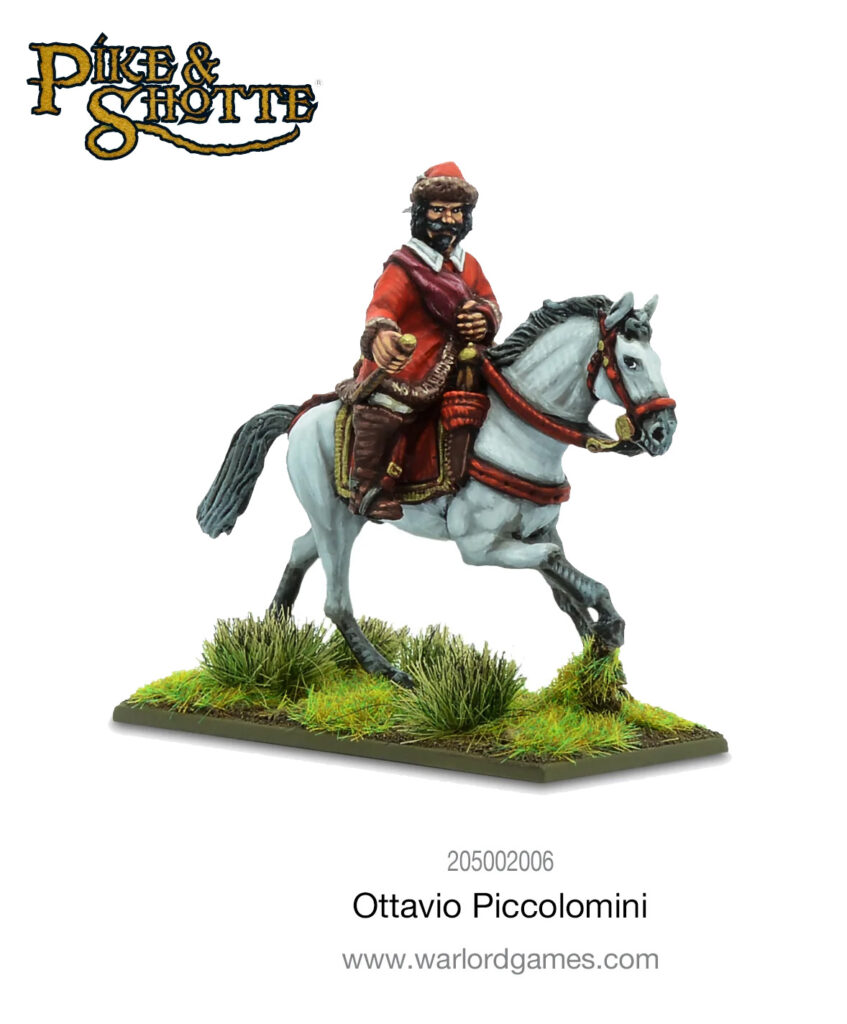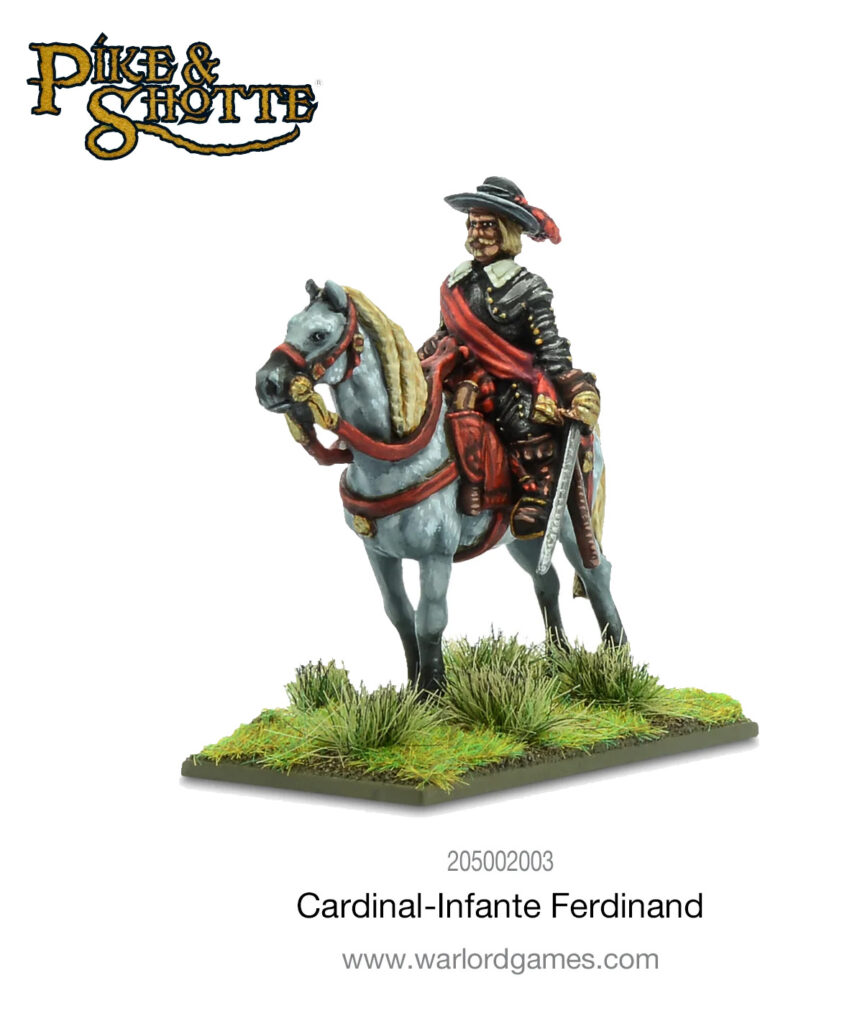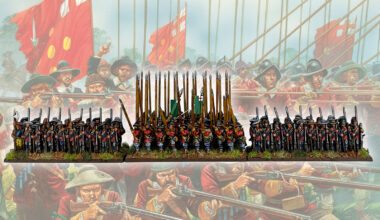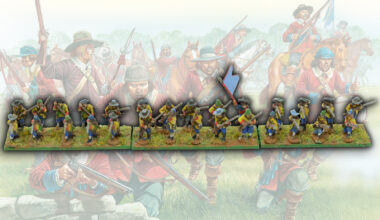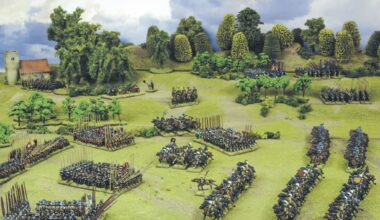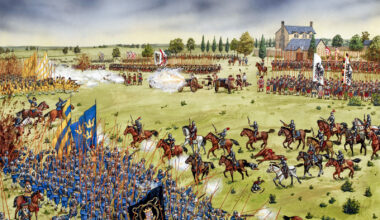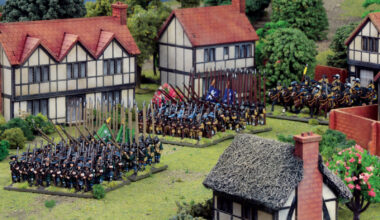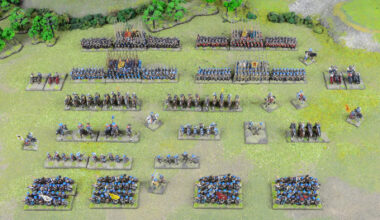The Thirty Years’ War plunged Europe into chaos and destruction. Vast armies swept across the continent, burning and pillaging as they went; political alliances were broken, made, and broken again, and European warfare and society were irrevocably changed. While the conflict itself was an incredibly confusing beast which passed through multiple distinct phases, the warring parties could roughly be split into two factions – the Catholic Imperialists, and the Protestant Alliance. Today, we’re taking a look at the leaders of the Habsburg Imperialist cause, accompanied by their awesome new models, and the rules for using them in games of Pike & Shotte Epic Battles!
Count von Tilly
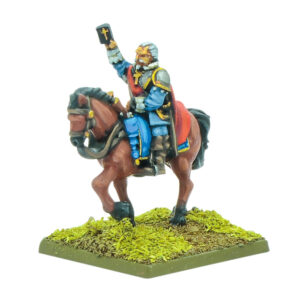
We’ll start with Johann Tserclaes, Count of Tilly. A devout Catholic from the Spanish Netherlands, Tserclaes joined the Spanish army at fifteen and saw action against the Dutch, participating in the Siege of Antwerp in 1585. He then went on to serve as a mercenary against the Ottoman Turks, and amassed a significant reputation, such that by the outbreak of the Thirty Years’ War he was appointed commander of the Catholic League’s forces. Transforming the disorganised Imperial troops into an efficient fighting force, he took the fight to the Bohemian rebels and crushed Christian of Anhalt’s forces at White Mountain in November 1620, allowing the capture of Prague. He went on to achieve victory at Höchst and Stadtlohn, effectively ending Bohemian resistance and bringing Christian IV of Denmark into the war.
Tilly, wasting little time, proceeded to smash the Danes at Lutter in 1626, forcing them to sue for peace in short order. This in turn caused Sweden to enter the war on the Protestant side against the legendary Gustavus Adolphus. Besieging Magdeburg in 1631, his troops massacred a shocking number of the population, although it is unclear on whose orders, before being defeated by the Swedes at Breitenfeld. While fighting a defensive campaign, he suffered a gunshot wound at the Battle of Rain in April 1632, dying of infection two weeks later at the age of 73 – not a bad run for a man who spent virtually his entire life at war! Known as ‘The Monk in Armour’ for his devout Catholicism and ‘Father Tilly’ for the care he took of his men, he was, if not an innovator, then an exceptionally talented military commander.
On the tabletop he rates a Command value of 9, and allows any unit within 12” of him to re-roll Break tests, reflecting the loyalty of his troops. For the early period of the Thirty Years’ War, accept no substitutes!
Albrecht von Wallenstein
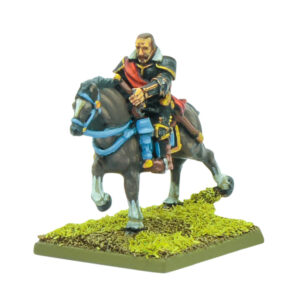
Very much the opposite of Tilly in terms of background, but perhaps his equal on the field of battle, Albrecht von Wallenstein was born into a poor Bohemian noble family – crucially, a Protestant family! Serving as a mercenary against Ottoman Turks and Hungarian rebels, he converted to Catholicism in 1606 – whether this was due to a genuine belief, for social advantage, or a mixture of the two is not clear, but it lead to significant social advancement. Two strategic marriages and subsequent inheritances led Wallenstein to become one of the wealthiest men in Bohemia by the outbreak of the Thirty Years’ War. Aligning himself with the Habsburg cause, he quickly rose through the ranks of command and further enriched himself with lands confiscated from rebel Bohemian nobles; by 1625 he was created the Duke of Friedland, a territory he had built up from his accumulated holdings. Raising an army from his immense wealth, he served alongside Tilly against Mansfeld and Christian of Denmark, continuing to acquire further wealth and titles. This had earned him a considerable number of enemies in the Imperialist ranks, and he was removed from command in 1630, retiring to his vast estates.
Tilly’s death in 1632 required this decision to be reversed, and Wallenstein once again found himself in command, defeating Gustavus Adolphus at the Alte Veste. Although he would be defeated at Lützen, that battle saw the death of the Swedish king. During 1633 his campaigning slowed, and there was significant concern that Wallenstein might be preparing to desert the Imperialist cause. Fearing this, and his growing power, Emperor Ferdinand had Wallenstein declared a traitor and assassinated in February 1634, with the final blow struck against the defenceless man (by now significantly enfeebled by illness) by the Englishman Walter Devereaux.
As is only appropriate for such a renowned commander, we give him a Command of 9, and he brings his vast wealth to the table as well! The Warchest rule allows any unit with the Mercenary rule to ignore it when Wallenstein is in command – there’s nothing like lots and lots of money to keep the sellswords onside!
Duke Piccolomini
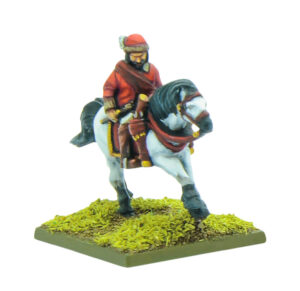
At least partially responsible for the planning of Wallenstein’s death was Ottavio Piccolomini, a member of a distinguished Italian noble family (two of his ancestors had been Pope!) who had spent the majority of his adult life at war. Nineteen years old at the outbreak of the Thirty Years’ War, Piccolomini spent the first decade of the conflict proving himself to be a very capable cavalry officer and rising through the ranks of the Imperialist cause. At Lützen he particularly distinguished himself, being promoted to major-general, but seems to have been both out of favour and at odds with Wallenstein, joining the conspiracy against him and plotting the specifics of his assassination. For this, Piccolomini was rewarded with money, titles, and the rank of field marshal. As a commander he continued to shine throughout the 1630s, first and Nördlingen in 1634, then for the next four years in the Netherlands and France as a corps commander. Although generally victorious against the Swedes during this phase of the war, he was soundly beaten (along with Leopold of Austria) at Breitenfeld in 1642 by Lennart Torstensen, before spending the next five years in Spanish service. Piccolomini would finally realise his ambition of supreme Imperial command in 1648, following the death of vol Holzappel, and conducted the final Imperial campaign of the war, a successful repulse of French and Swedish forces. Following the Peace of Westphalia, he was made a Prince of the Empire, and handsomely rewarded, which isn’t bad going for a man who started the war as a mere cavalry captain.
This origin does however allows him to make any cavalry units in his Pike & Shotte battalia Marauders for +5 points, which combines with his respectable Command of 8 to make for an excellent subcommander for your forces.
Count Pappenheim
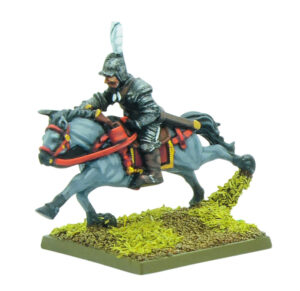
Gottfried Heinrich Graf von Pappenheim was a man who would probably have been more at home in the previous century. The scion of Bavarian nobility, he spent his youth travelling the continent in search of adventure, converting to Catholicism in 1614. With the zeal of a true convert, he entered into Polish military service for a time, before joining the Imperialist cause upon the outbreak of the Thirty Years’ War, initially as a regimental cavalry officer. For the next 14 years he would distinguish himself as an excellent cavalry commander, beginning at White Mountain in 1620, then later in Italy. In 1626 he was charged with putting down an Austrian peasant rebellion, before serving alongside Tilly at Magdeburg. At the first Battle of Breitenfeld in 1631 he launched a mass cavalry attack on his own initiative, but a resolute Swedish defence saw his troops repulsed numerous times before being scattered by a decisive counterattack, contributing enormously to the overall Catholic defeat. Following this, he conducted a series of successful harassing operations against the Protestant forces with a small army, being made a field marshal for his efforts. He met his end at the Battle of Lützen in 1632, having arrived with his cavalry and immediately charged the Swedish lines; though they were driven back he suffered a mortal wound in the process. Aged only 38 at the time of his death, his star burned briefly but brightly, and there was more than a touch of the medieval knight about Pappenheim.
With a Command of 8 and the Pappenheim’s Charge rule ensuring his cavalry will get properly stuck in, von Pappenheim is a great choice for those wanting to get across the table and into the action quickly.
Cardinal-Infante Ferdinand
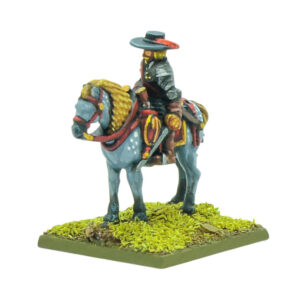
Finally, we have Cardinal-Infante Ferdinand, Governor of the Spanish Netherlands, Cardinal of the Holy Catholic Church, Infante of Spain, Infante of Portugal, Archduke of Austria, Archduke of Toledo, and probably captain of his local pub quiz team. To save ink and sanity, I’ll refer to him as simply Ferdinand! Born a Prince (Infante) of Spain, the younger son of King Philip seemed destined for a career in the church and politics (which were very much one and the same at the time), receiving a rather hefty leg up by being made Archbishop of Toledo and shortly thereafter created a Cardinal. In 1630 he was named the next Governor-General of the Spanish Netherlands, which would require him to make a journey across Europe with a suitably grand army in tow. After a number of delays, he was able to set off in 1634; en route, Ferdinand would also lend support to the Catholic army of Ferdinand III of Hungary, then engaged against the Swedes. Crossing the Danube, the two armies were able to link up, inflicting a crushing defeat on the Swedes at Nördlingen. Following this famous victory, he entered Brussels and took up his post, proving to be a capable politician and an active and broadly successful commander over the next half-decade. Ironically, this success counted against him in the intrigues of the Spanish court, with rumours circulating that he intended to secede from Spanish control and rule the Netherlands independently, with the help of France. While little evidence exists of this, when he died in 1641 aged just 32, apparently of exhaustion combined with an illness, suspicion was immediately raised that he had been poisoned.
With a Command of 8, he’s a capable leader, but his Son of Spain special rule is his real talking point. Such is his royal majesty that any Spanish Foot units within 12” gain 1 to their Hand-to-Hand value, which makes him a great option to lead from (near) the front of his battalia!
With leaders like these, what chance do the Protestants stand? Raise the banners and prepare to march!
Commanders of the Thirty Years’ War
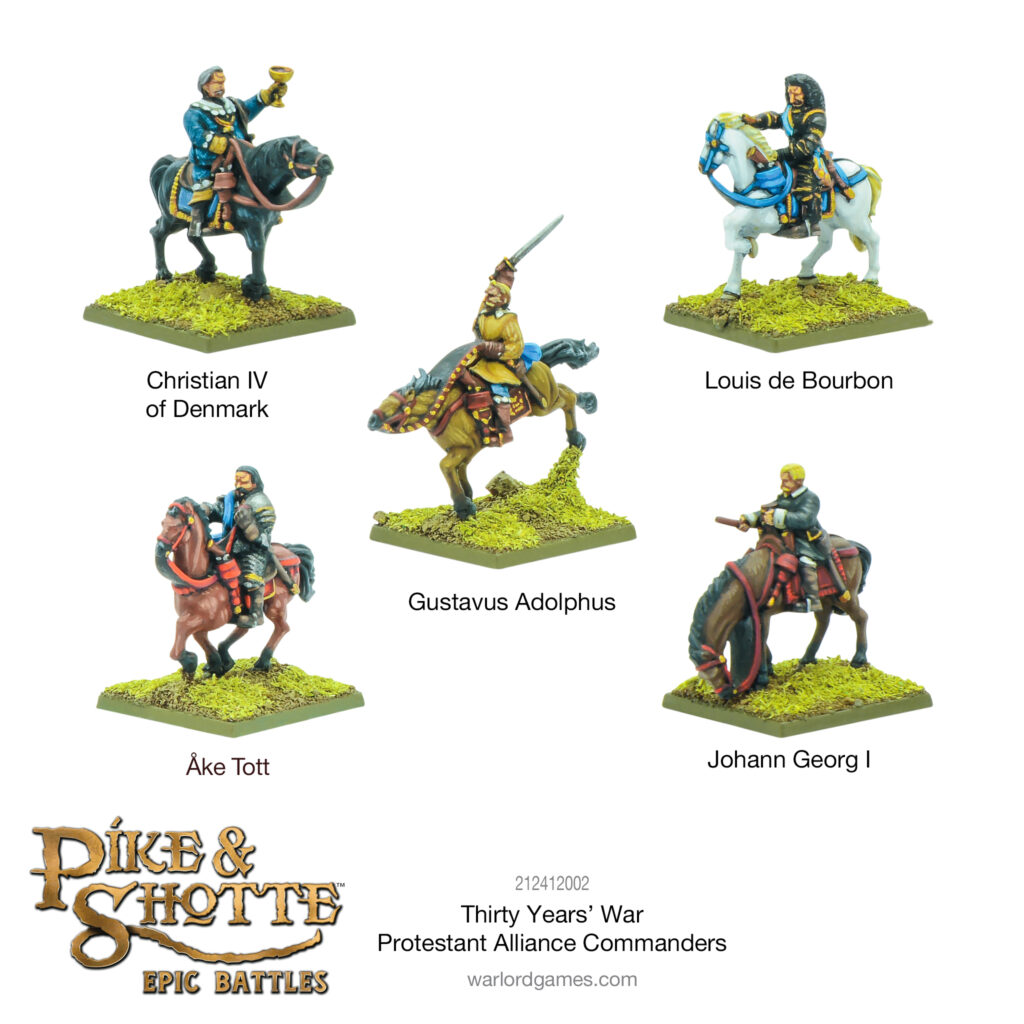
Pike & Shotte in 28mm!
These Imperialist commanders are also available to lead 28mm Pike & Shotte armies!
